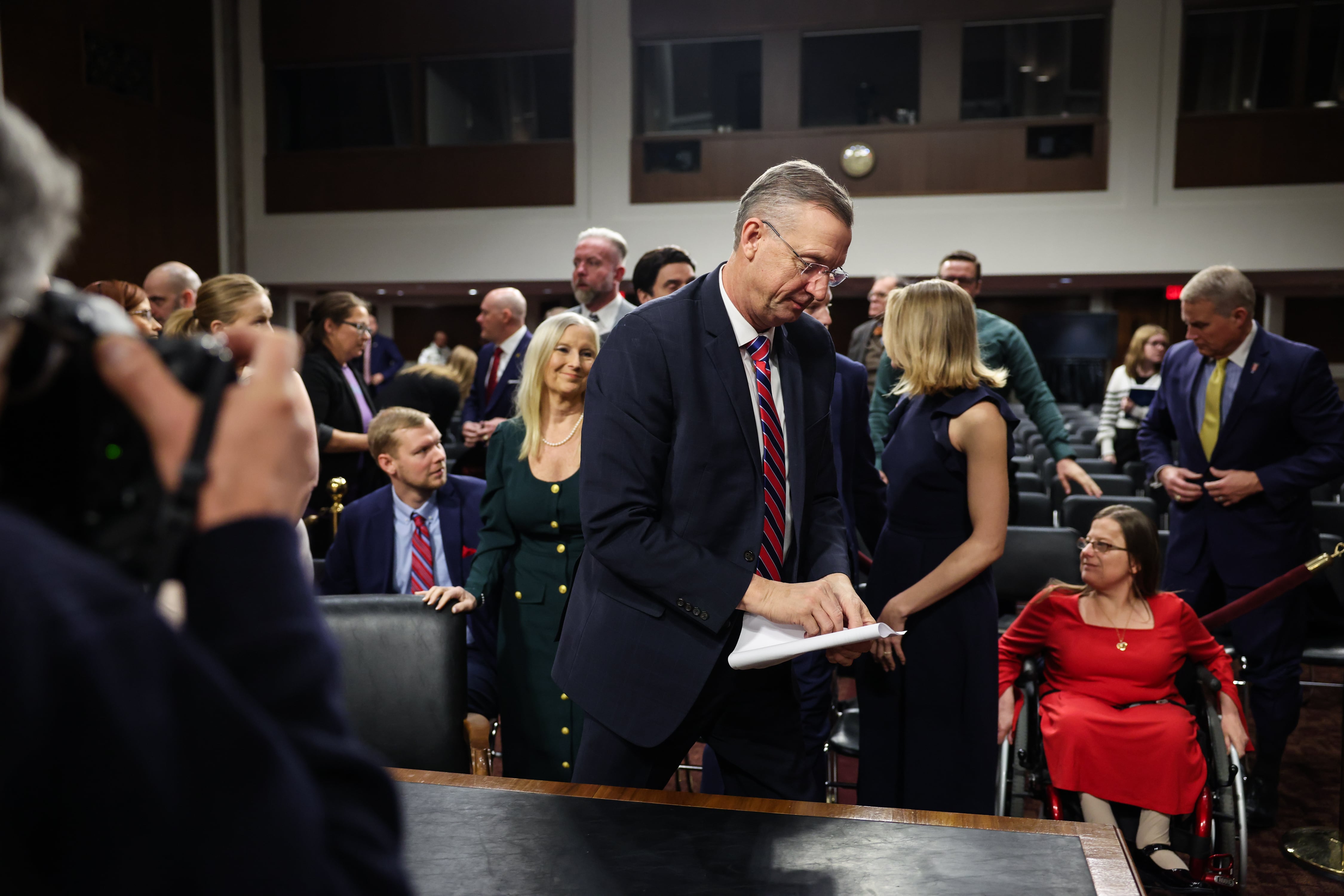CLAIM: U.S. Navy SEALs saved 15 missing Maui children who were locked in cages at a warehouse in Honolulu.
AP’S ASSESSMENT: False. This claim originated as a story on a website that says it publishes “humor, parody, and satire.” The chief of police in Maui confirmed the information is untrue.
THE FACTS: More than a month after the deadly August wildfires in Maui, some on social media are sharing the claim as fact.
“I hope they find more and can find most of their parents,” wrote one Facebook user who linked to the story. “If not loving families for them. My heart aches thinking of these precious ones in cages.”
The false information was published by Real Raw News, a site known for running fabricated stories. Many of its posts involve made-up tales about the U.S. military, and cite only anonymous sources. The site did not return a request for comment.
The story about the children provided no credible evidence to support its claims. It cited only one alleged anonymous source from the office of a Marine Corps general, as Real Raw News has done in numerous prior erroneous posts.
The story weaves a suspect narrative about a Sept. 14 rescue by Navy SEALs of children who were supposedly kidnapped in Maui and flown to Oahu. It begins with a SEAL team subduing three guards armed with automatic rifles to enter a warehouse in Honolulu, where they find 15 sedated children locked in cages, covered in urine and feces. The SEALs then carry the children, as well as an unconscious prisoner, aboard a plane and fly them to a nearby Marine Corps base for treatment.
John Pelletier, Maui’s police chief, told the AP that the events described in the story are not real.
A list of people who were unaccounted for after the wildfires released by the Maui Police Department and the FBI on Sept. 8, days before the alleged rescue, named 66 people, only one of whom was a minor. An updated list released a week later named 31 people, including that same child.
The Navy did not respond to a request for comment.
This is part of AP’s effort to address widely shared misinformation, including work with outside companies and organizations to add factual context to misleading content that is circulating online. Learn more about fact-checking at AP.




